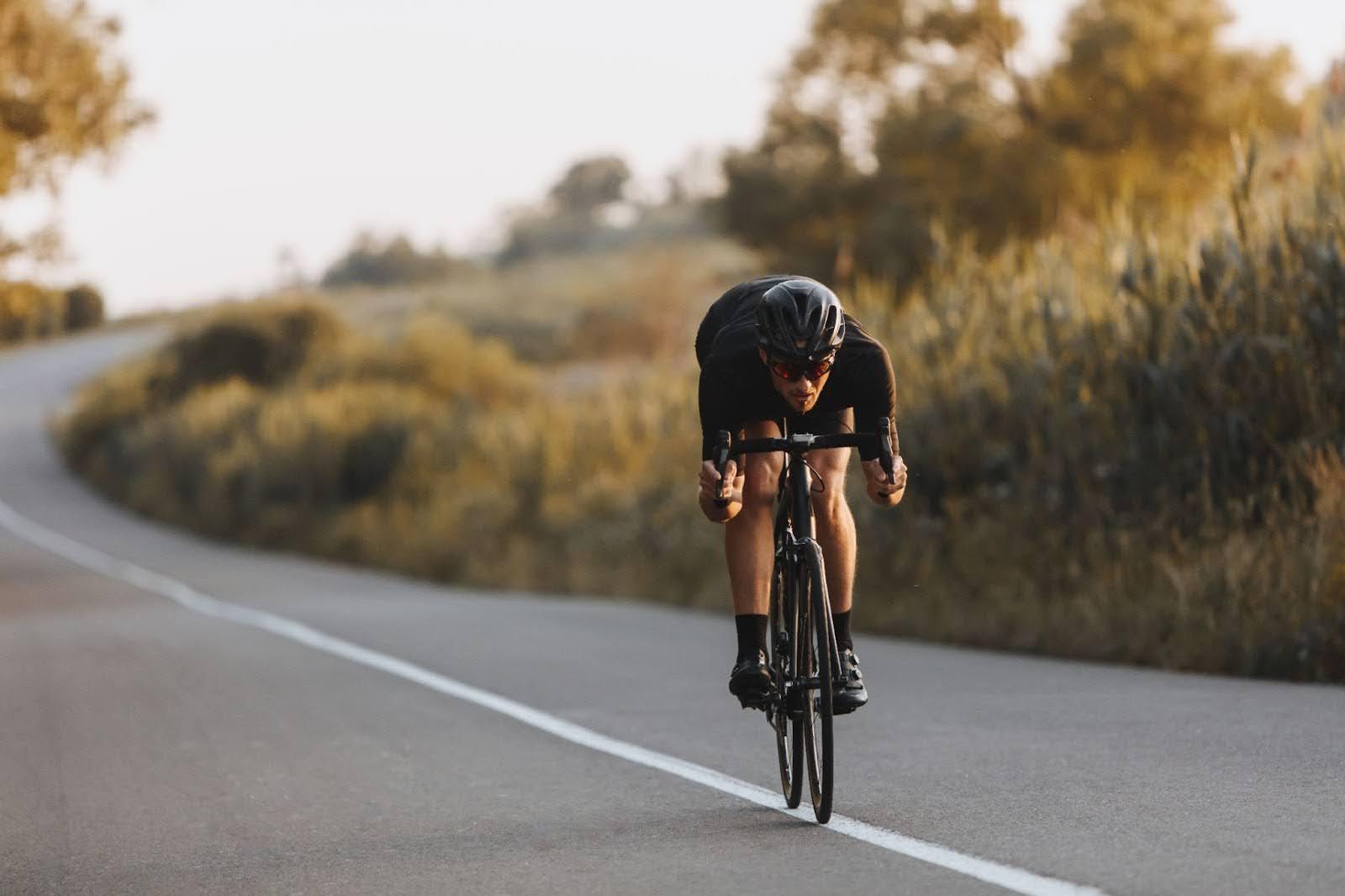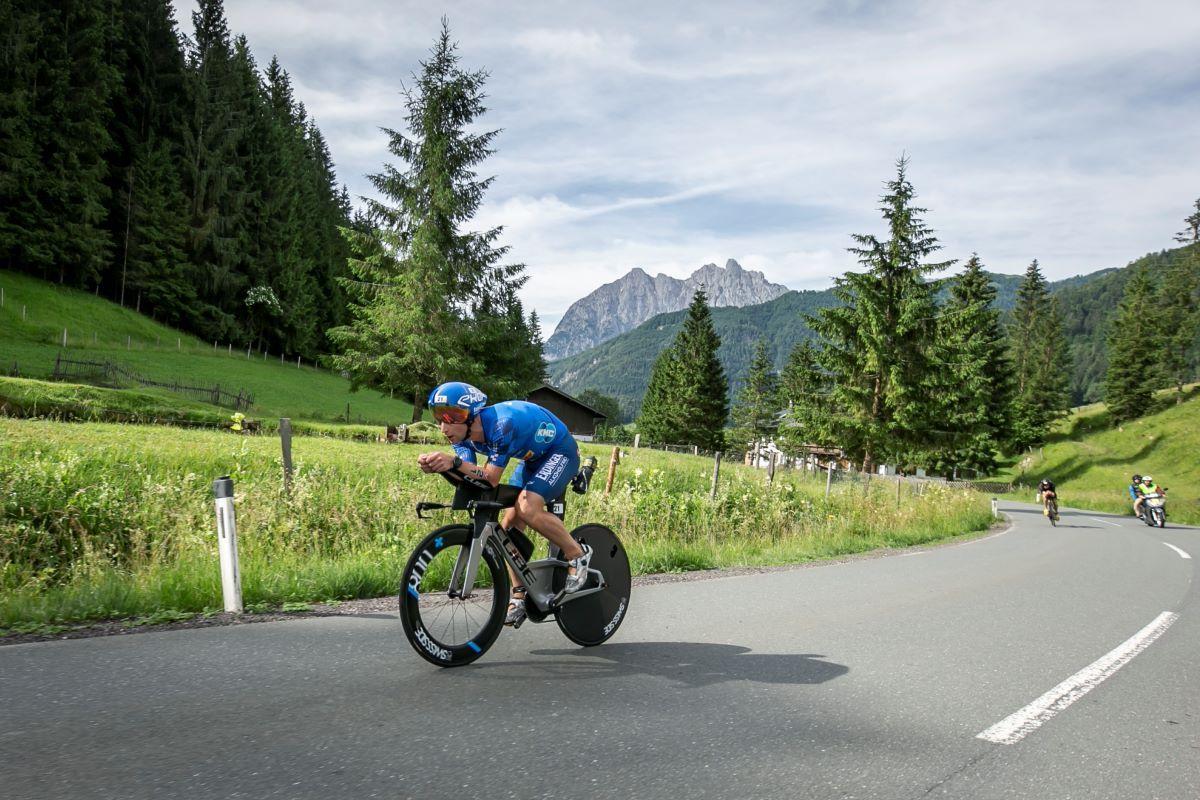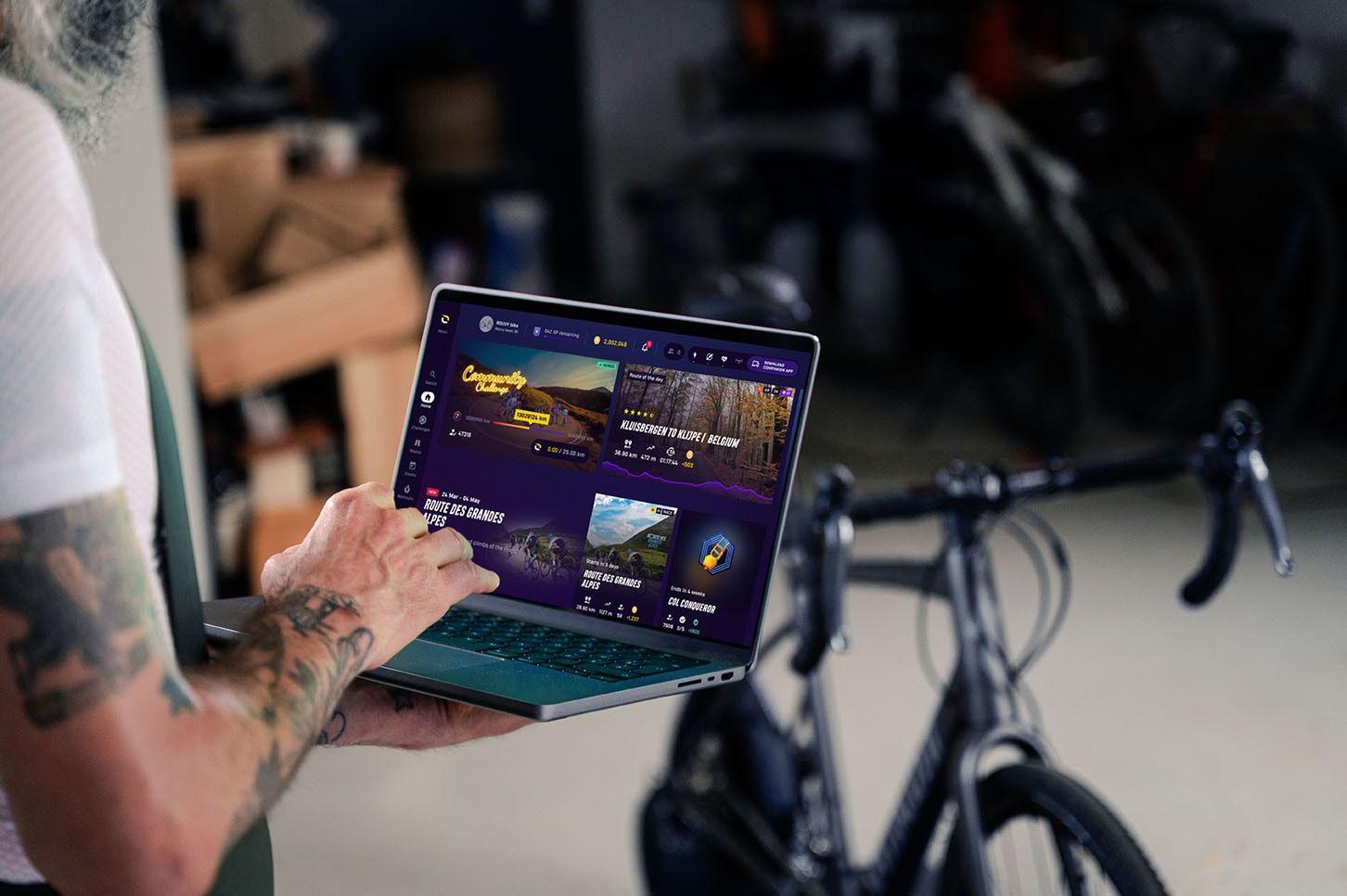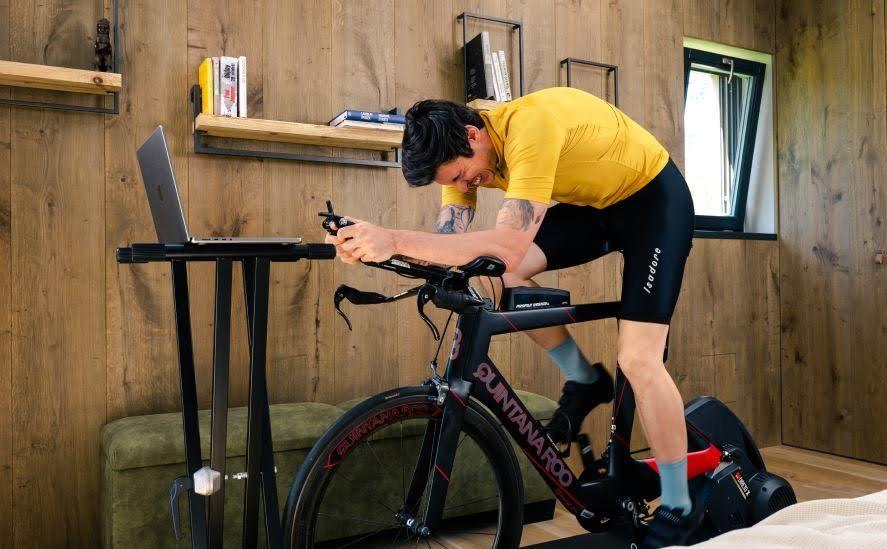The grey zone sits between tempo and threshold — roughly** 76–90 % FTP, or Zone 3 to low Zone 4** in most systems.
It’s that “comfortably hard” effort that seems like productivity: you’re breathing steadily, legs heavy but obedient, convinced you’re building strength. In truth, you’re neither stressing enough to adapt nor relaxing enough to recover.
Most riders fall into this category by accident — chasing averages, racing mates, filling training logs.
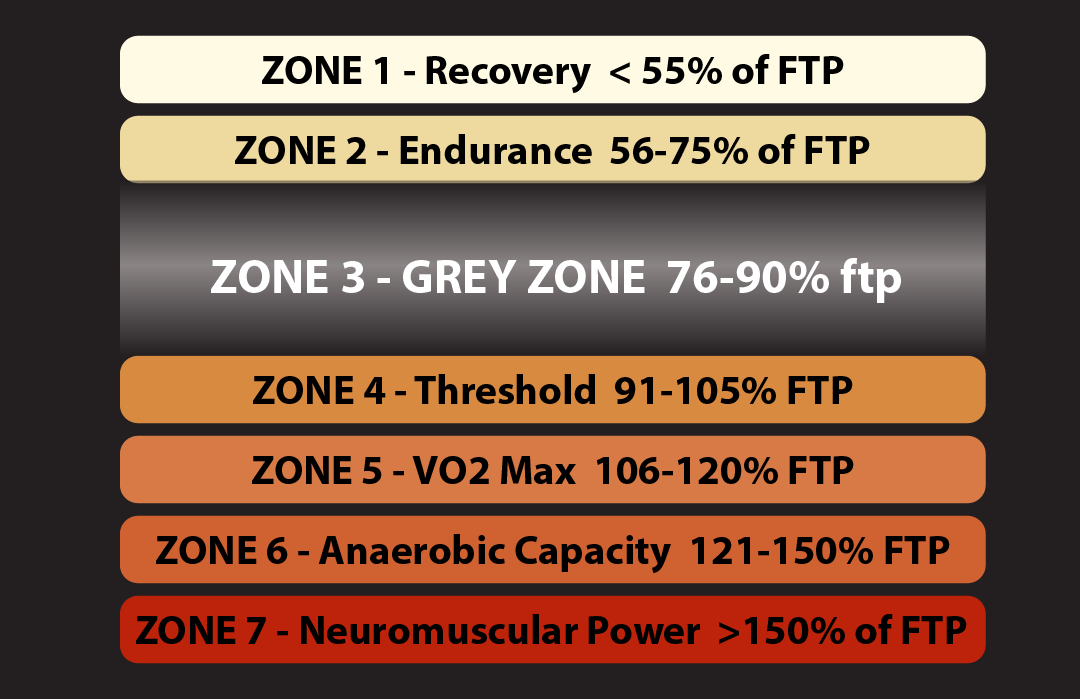
Why the Grey Zone Becomes a Trap
Moderate intensity feels safe. You finish drenched but physiologically unchanged.
- Too hard for recovery. Cortisol and glycogen depletion block adaptation.
- Too easy for growth. No cellular stress, no stimulus.
- Fatigue accumulation. You’re always “a bit tired.”
- Psychological comfort. You mistake effort for progress.
Elite riders avoid it like potholes. Their weeks alternate serenity and savagery:** long, low-intensity rides to expand the aerobic base**, short brutal efforts to raise the ceiling. Nothing in between.
A Real Example
One rider I coach, Michael, came to me after what he called “a year of solid work but no spark.” He was riding six days a week, every session, sitting in that familiar middle band — 85–88% of FTP — the grey zone sweet spot. The numbers looked tidy; his charts were full of green boxes. But performance and results-wise, nothing really moved.
His words stuck with me: “I feel like I’m pedalling hard but standing still.”
That’s exactly what happens when effort and structure fall out of sync. The workload feels immense, but the body’s just treading water. Energy is spent maintaining fatigue rather than building fitness.
When we started working together, I stripped his plan right back. We cut the junk and volume by 20%, introduced genuine Zone 2 rides — the kind that feel too easy to be useful — and replaced his daily tempo grinds with just two sharp, purposeful interval sessions. Saturdays became sacred long rides; Mondays became real rest days.
Within 4 weeks, his threshold power rose by 4%. Eight weeks later, it jumped again. His endurance rides felt smoother, with a lower heart rate at the same power output. Most importantly, he rediscovered enjoyment — that sense of purpose that gets lost in the blur of “always-on” training. If a rider isn’t enjoying his time on the bike, then there’s going to be no improvement or progression.
Same rider, same engine, same commitment — but this time, every pedal stroke had a plan. That’s the power of structure and planning: it turns ambition into outcome.
How to Know You’re Stuck There
You probably already suspect it — that uneasy feeling that you’re doing plenty but getting nowhere. You’ve flatlined.
The signs are subtle at first:
Heart rate creeps up while power holds steady. You tell yourself it’s the heat, the caffeine, the phase of the moon — anything but fatigue.
Every data file looks identical. Same average power, same cadence, same strain.
Legs never fully fresh or fully wrecked. You start every session tired but never broken, riding in a permanent state of “nearly.”
Rest days vanish. Because you “feel fine,” and fine feels like progress — until fine becomes flat.
Motivation dips quietly. You start dreading intensity, but can’t stomach easy spinning either.
The giveaway? When someone asks how training’s going, you answer, “Pretty solid, I guess.” That’s grey-zone talk — the language of consistency without improvement.
Look at your Training files or ROUVY history. If most of your time-in-zone clusters are between 80–90 % of FTP, you’re not building great fitness — you’re simply maintaining tiredness.
This is where progress goes to hibernate. It’s comfortable, repeatable, familiar — and completely unproductive.
As I often tell my riders: If your power curve hasn’t budged in months, the problem isn’t effort — it’s honesty.
The Science Behind It
Real endurance comes from contrast — not constant effort.
Your body adapts when you work at extremes: very easy or genuinely hard. Everything in between just keeps you tired.
Low intensity (Zone 2) builds your aerobic foundation — more mitochondria, better capillary networks, and improved fat use for energy. It’s quiet, patient work that makes you durable.
High-intensity (Zone 5–6) training targets your top end — it increases oxygen uptake, recruits fast-twitch fibres, and triggers hormones like adrenaline and growth hormone that signal real adaptation.
Middle intensity (the grey zone) does not properly hit either system. You’re working, yes, but you’re not teaching your body to do anything new. Oxygen use plateaus, lactate builds faster than it clears, and you stress your body without reward.

Over time, too much of this “comfortably hard” training elevates your stress levels. Resting heart rate climbs, HRV drops, sleep suffers — the body never gets the message that it’s safe to recover.
Research on polarised training shows that athletes who spend about 80% of their time easy and 20% hard improve nearly twice as much as those stuck in the middle.
Why It Happens
Because it’s comfortable. Because comfort feels like control. Because progress often hides behind discomfort, and the human brain is hardwired to avoid that.
The grey zone feeds on good intentions. You’re not slacking — you’re trying too hard in the wrong way.
ERG mode can sometimes be deceitful. It holds you perfectly at a wattage that feels worthy but never threatening. You mistake steadiness for precision and fatigue for progress.
The solution isn’t a new gadget or a fancy plan — it’s awareness. Define every ride before you clip in. If you can’t say why you’re riding, you’ve already lost control of the session.
When the Grey Zone Helps
The grey zone isn’t always bad — it’s just misunderstood. Used with intent, it can be incredibly effective.
Here’s where it shines:
Race rehearsals for triathletes or time trialists. Riding at tempo mimics real-world race demands — sustained power, steady pacing, and fuelling practice.
Aerobic maintenance during busy weeks. When life gets chaotic, a short tempo ride can hold your fitness without draining your recovery.
Long climbs or steady virtual routes on ROUVY. Sometimes you just want that rhythm — tempo power that feels strong but sustainable. It’s perfect for working on form, pedal smoothness, or pacing control.
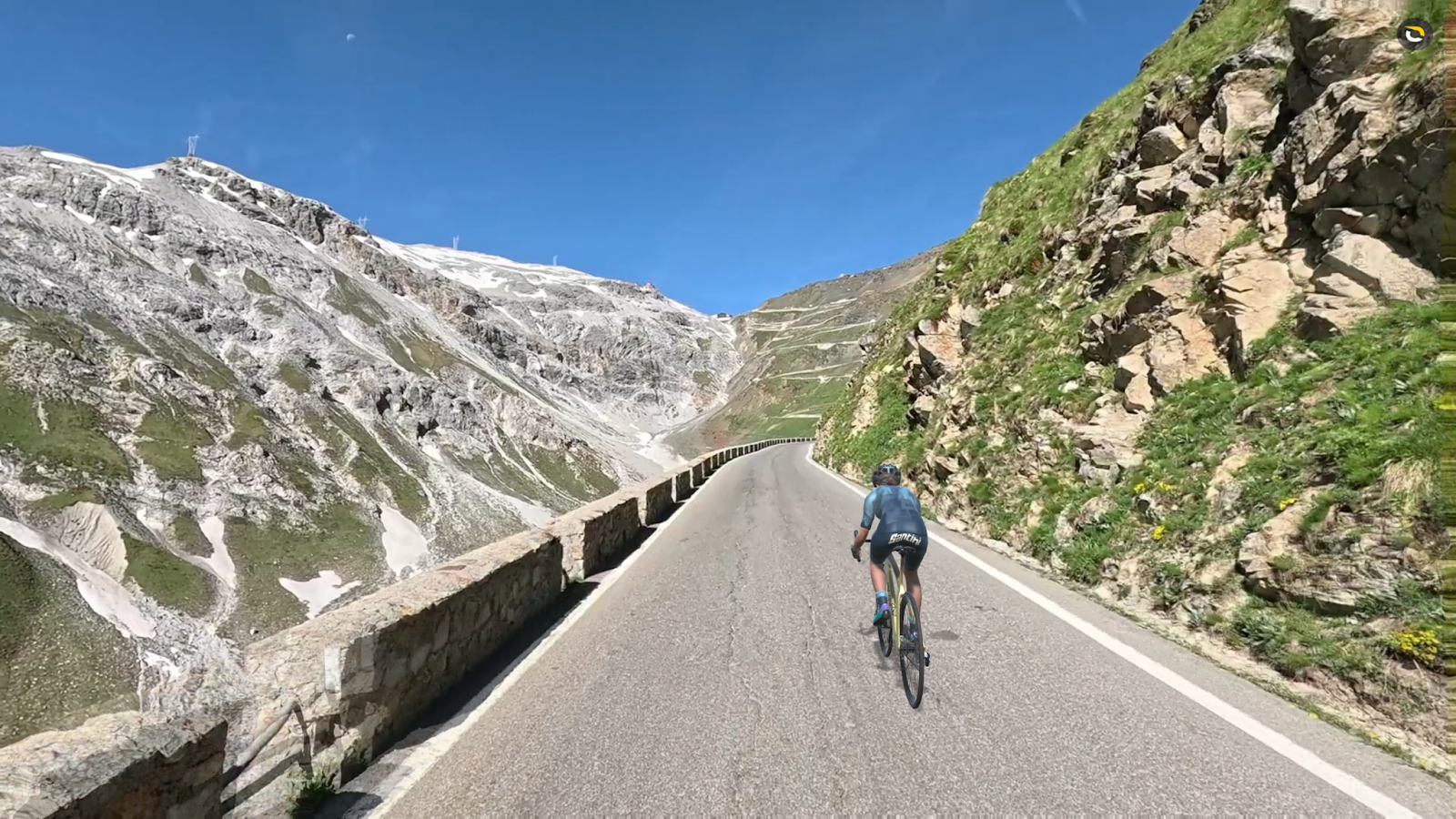 Above: A ‘grey zone’ tempo ride has its place to train for long climbs like the Passo Stelvio.
Above: A ‘grey zone’ tempo ride has its place to train for long climbs like the Passo Stelvio.
How to Escape the Grey
- Re-test FTP Ramp Test monthly. Fitness shifts; zones drift.
- Use ERG mode wisely. Let ROUVY workouts police intensity.
- Plan recovery as training. 60–65 % FTP means truly easy recovery.
- Limit intensity. Two key sessions, not four half-hearted ones.
- Track fatigue, not just fitness. HRV and mood tell the truth.
If you can chat freely, you’re base building. If you can’t speak, you’re developing power. If you can almost chat, you’re wasting time.
Workouts That Work
On ROUVY, you can easily create your own workouts. Try these.
- Endurance (Z2) – 2 h @ 65–70 % FTP, flat, steady ROUVY route.
- Threshold (Z4) – 3×12 min @ 95–100 % FTP.
- VO₂ Max (Z5) – 5×4 min @ 115–120 % FTP.
- Recovery – 60 min @ 55–60 % FTP, coffee optional.
Each serves a biological purpose. Together, they form progress.
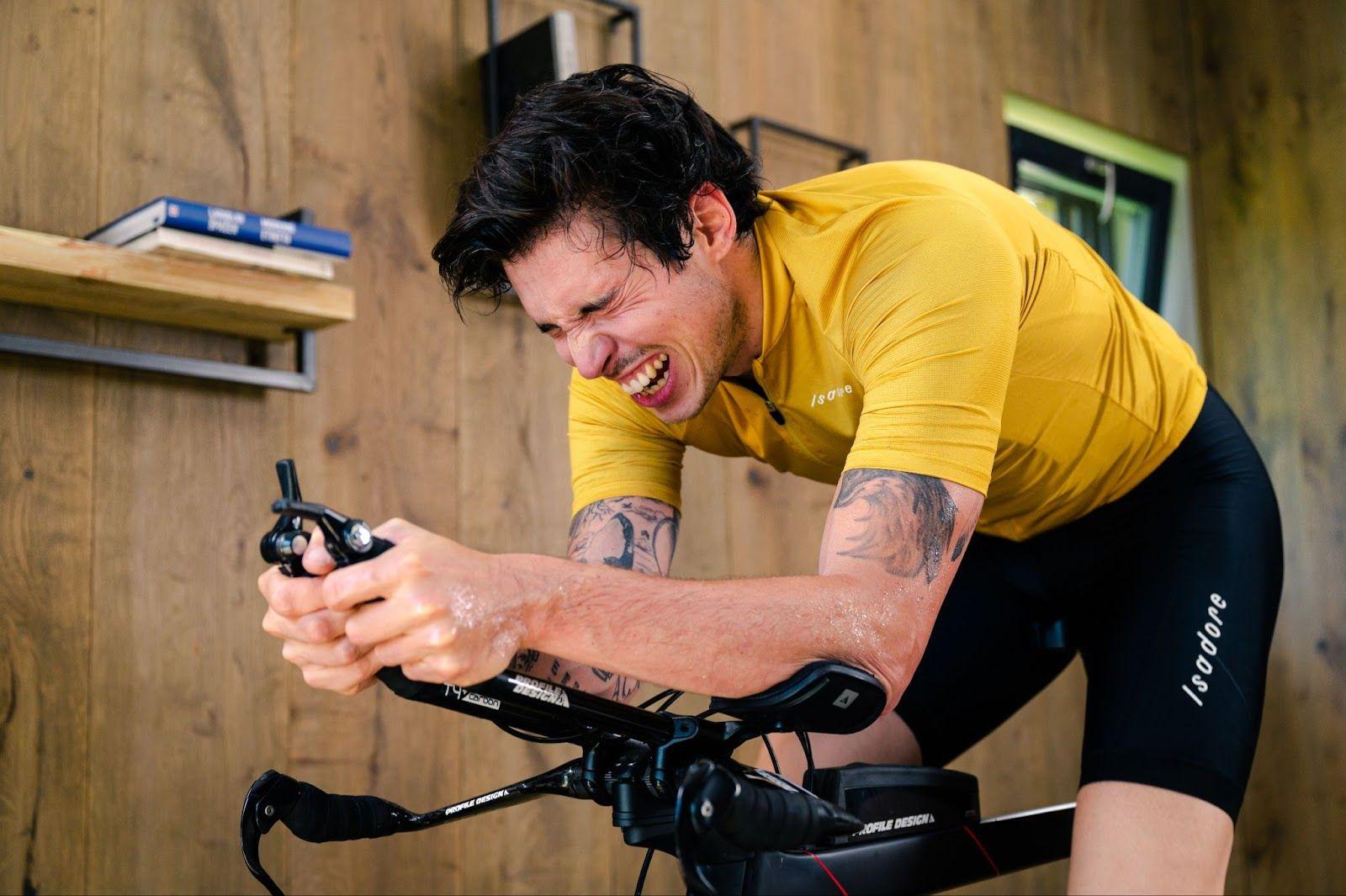 Above: High-intensity (Zone 5–6) trains your top end, targeting threshold and VO2 max.
Above: High-intensity (Zone 5–6) trains your top end, targeting threshold and VO2 max.
Using ROUVY to Target the Right Zones
ROUVY turns abstract data into discipline.
- ERG Mode: Locks effort, saves you from a runaway ego.
- Route Choice: Flat for base, alpine climbs for power.
- Data Overlays: HR + power + cadence = insight.
- FTP Calibration: Monthly re-tests keep training honest.
- Group Rides: Motivation, not competition.
Advanced use: pair ROUVY sessions with fatigue-tracking metrics. Observe HR decoupling, compare early- vs late-ride efficiency. Use virtual climbs for fatigue-resistance testing — can you hold 80 % FTP in the final hour? That’s real endurance. The more feedback you integrate, the sharper your self-awareness.
Common Mistakes
- Measuring averages, not purpose.
- Copying pros who sleep between sessions.
- Skipping recovery.
- Treating every ride as a test.
- Mistaking exhaustion for success.
